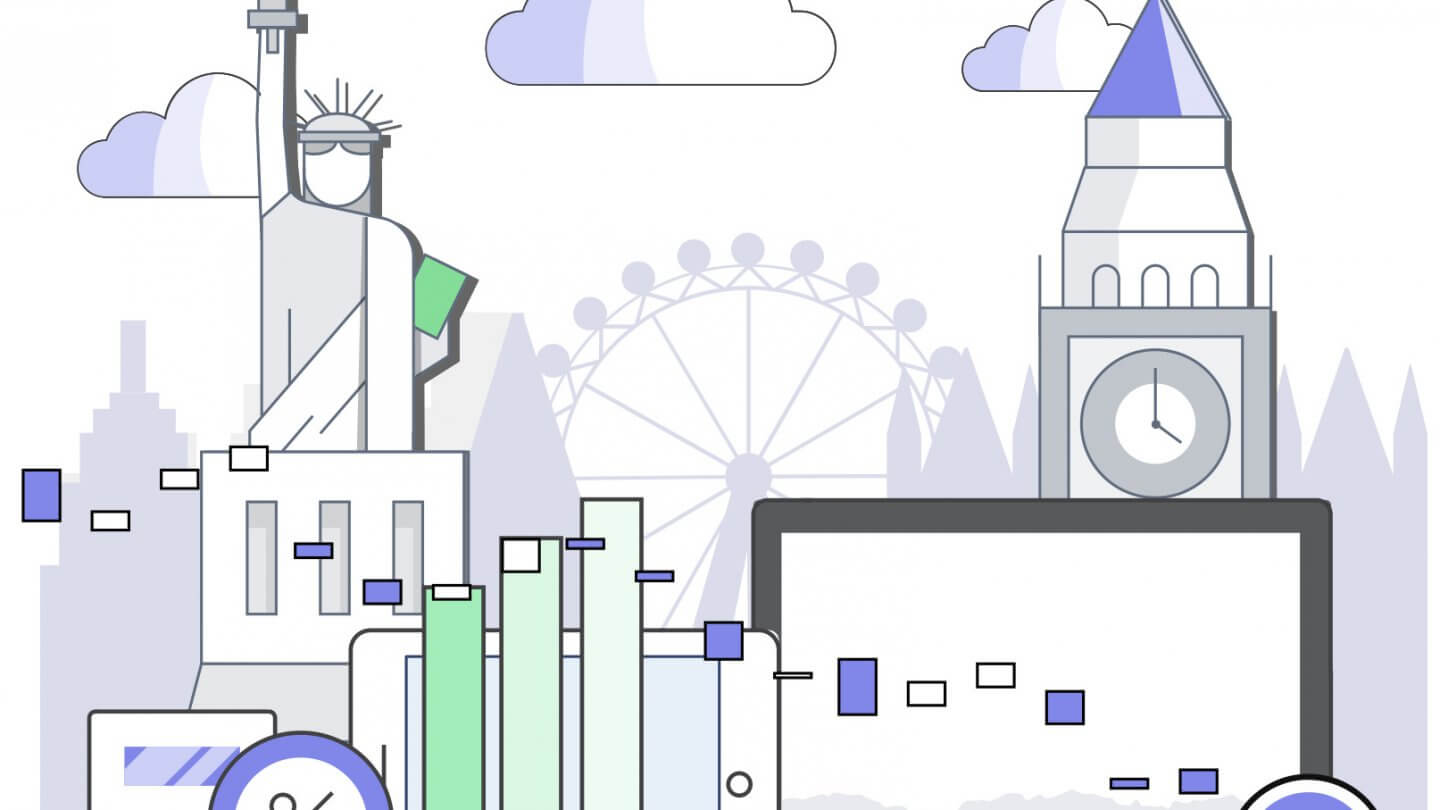Why your visuals tell more than a story – charting the Highcharts difference
Good user experience means customers don’t notice anything but your message. If they get hung up on a technical glitch or imperfection, that will be their focus, rather than the story you are trying to convey. So a polished website that’s properly rendering, or an attractive app that’s performant in all network conditions lets the message shine, and the technology take a back seat.
Nowhere is this more important than when it comes to data visualizations. Done right, a complex message can be consumed and understood in seconds, while carrying more information than any other text or media on your site or app.
Clearly, if you are presenting academic research, then showing evidence is a cornerstone of your message. But even in the densest statistics, capturing key data in graphical formats can speak volumes whether you are looking at stock trading, election data or reports from your Business Intelligence tools
That’s why almost every company in the Fortune 100 list of the world’s most successful enterprises power their apps and sites with Highcharts. It helps product teams and publishers present their information using charts and images that get the message over quickly. Pictures telling a story are nothing new, of course, but Highcharts from Highsoft makes sure that the customer experience online, on the web, in an app, or in an internal presentation always render at their best, and show only the most up-to-date information.
A picture or graph created in Excel and rendered in Photoshop might tell the same story that Highcharts can, but the difference is apparent in the context of the overall customer experience. A static image won’t render well on every smartphone screen, won’t download quickly enough on a slow internet connection, and won’t update with real-time information when interacting with the chart
If your message is important to you, you’ll want to get it across in the best possible way, and that’s where Highcharts comes in. It’s the way chosen by development teams across the world to render on-the-fly information into beautiful, responsive and accessible charts. (Download the whitepaper on how accessible charts give you a competitive advantage).
Because it’s written in JavaScript and renders as interactive SVG, PDF or PNG, it can be used in just about every digital format, from a “brochure”-style website to a cutting-edge interactive mobile application that’s showing complex information in the most efficient and network-sensitive manner.
As a massively extensible solution that your developers and product teams will be able to assimilate very quickly, it provides a massive boost to the speed of developing a world-class digital media offering, application, site, or service.
There are literally thousands of templates and examples of how critical information can be presented, and because it’s highly adaptable by development teams, it can be changed or tweaked at any level to ensure your customers are getting the best possible line-of-sight onto critical data.
In our next article here on TechHQ, we’ll be taking a deep dive into some of the more technical aspects of the Highcharts, open-source platform, including common development methodologies used in hybrid and multi-cloud use-cases. The platform’s long history and massive community of users, programmers, developers, and businesses across the globe make it the go-to solution for rendering complex data into a visual language.
Watch this space to read more, or you can see some of the possibilities online. To speak to someone about your specific requirements, get in touch with a representative from Highcharts. Alternatively, if your development and operations people want to get started straight away, they should head over to Github to examine the code and documentation.









